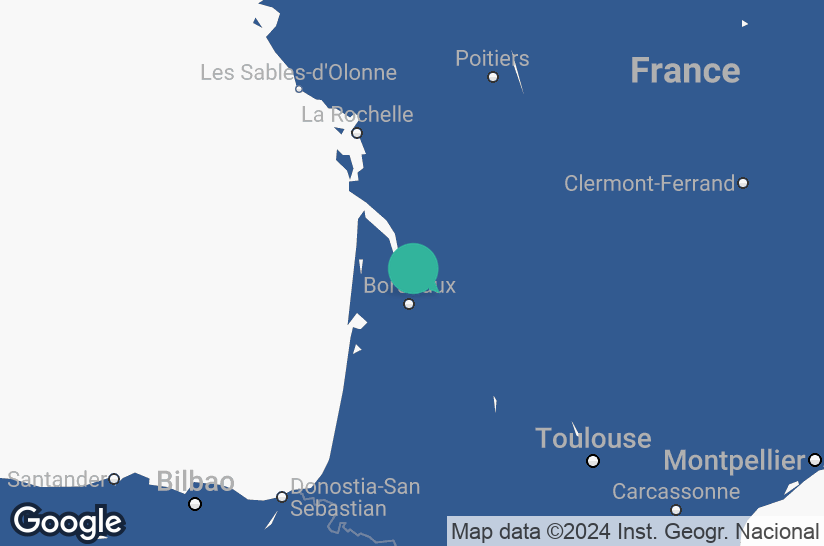South Europe Atlantic High-Speed Rail Line
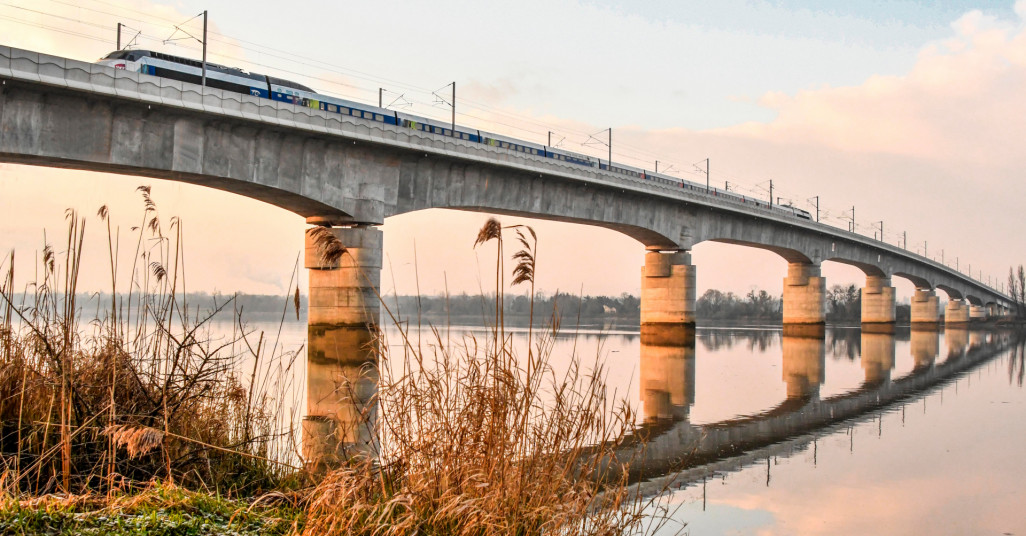

Holding:
42.045%
End of contract (year):
2061
Number of passengers per year
Over 22 millions
The South Europe Atlantic high-speed line (SEA HSL), operated by VINCI Railways subsidiaries LISEA (line manager) and MESEA (maintenance), is one of the largest transport infrastructure projects in Europe in the last ten years. It now represents the backbone of the Nouvelle-Aquitaine region, under conditions of impeccable safety and reliability.
Unlike existing partnership contracts for other LGVs, the concession contract signed with SNCF Réseau means that LISEA, in which VINCI Concessions has a 42.045% stake, bears all the risks: financing, construction, traffic, maintenance, operation and safety, for the entire duration of the concession (50 years).
Three years after it was commissioned, the South Europe Atlantic High-Speed Rail Line can be qualified as a great success. Operated by the VINCI Railways subsidiaries LISEA (line manager) and MESEA (maintenance), the line has stimulated genuine economic momentum in the regions it travels through, thereby developing the wider south-west region of France. More than 22 million passengers used the SEA HSL in 2024 and 140 million since the line opened in 2017.
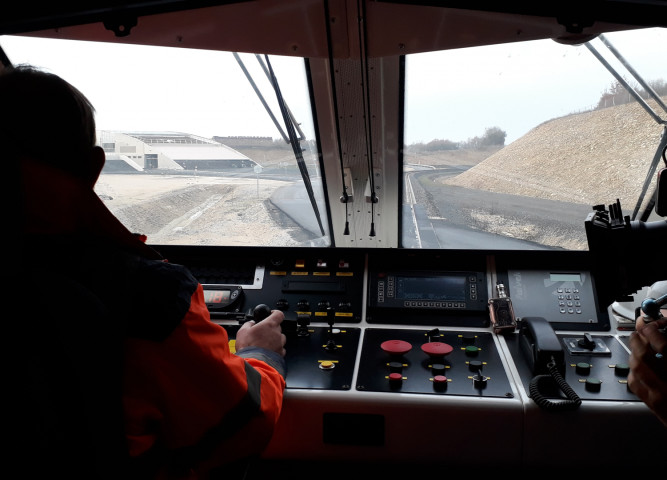
OPENING UPNEW OPPORTUNITIES
Innovative solutions for maintenance
To perform the daily monitoring of the SEA high-speed line, we have put in place two dual-engine maintenance observation and opening units that are equipped with the latest technology. Every morning, the maintenance teams on board these technological masterpieces check the track, points, overhead catenary lines as well as the signalling and telecommunications to a high degree of precision.
At the end of 2020, after a year in development and testing, VINCI Railways launched TIME, an incident management app for MESEA, the subsidiary responsible for maintaining the South Europe Atlantic High-Speed Rail Line. The new tool communicates real-time technical data to monitor a range of indicators, including track temperature, maintenance vehicle location and a record of maintenance interventions. MESEA is now working on enriching TIME with additional features such as tracking the weather at strategic locations along the line and sharing data with 4G-connected rail equipment.
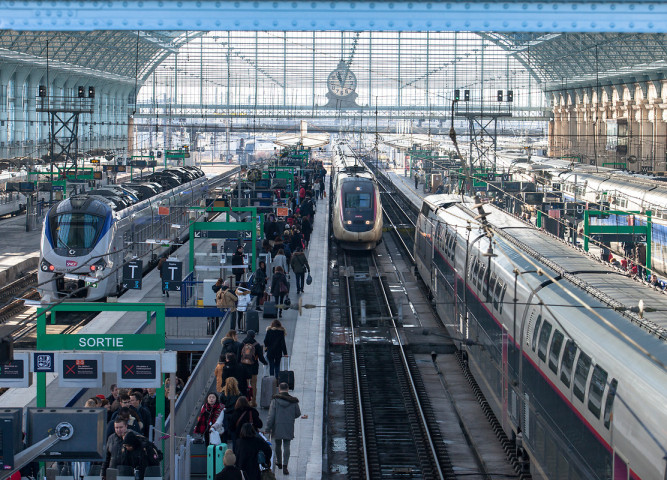
Increasing the appeal of regions along the route
The line is a huge commercial success with passengers, and the fact that it has already exceeded its traffic forecasts demonstrates the public’s strong appetite for rail transport. This success has helped to increase the appeal of the economy and tourism in Nouvelle-Aquitaine and the greater Bordeaux area. It has also led to growing interest in the line from new operators. In 2018, Thalys confirmed it was opening a direct route between Brussels and Bordeaux, while LISEA signed an agreement with SNCF Réseau, Getlink and HS1 with a view to establishing a cross-channel hub.
Improving mobility infrastructure has a direct impact on regional development
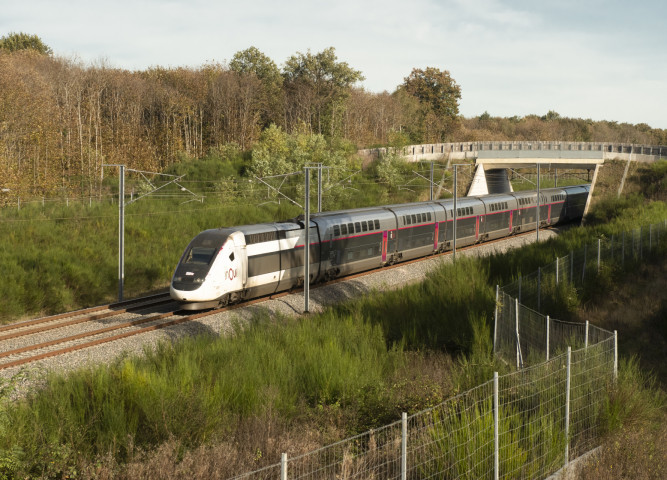
ChallengeMet
Protecting the environment
In December 2020, the South Europe Atlantic High-Speed Rail Line, operated by VINCI Railways via its subsidiary LISEA, finished implementing the environmental offsetting measures set out in its contract. Right from the design stage, this major railway infrastructure project has sought to take an “avoid, reduce, offset” approach. That is why LISEA embarked upon a comprehensive programme to protect 223 local species and establish 3,800 ha of natural space and forest land along the line. These measures have now been fully approved by public officials in the six departments and two regions the SEA HSL crosses. LISEA will monitor their impact over many years to come, until the end of the concession agreement in 2061.
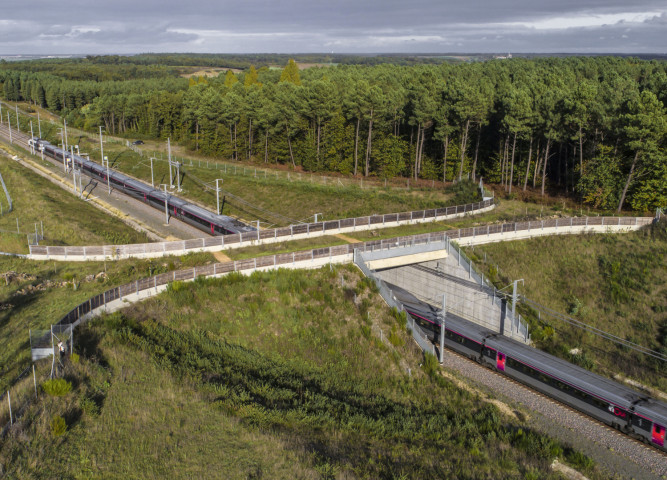
Working towards sustainable, community-focused development
VINCI Concessions positions itself as a partner to the regions in which it operates, applying a long‑term vision to its sustainable, community-focused development commitments. LISEA has set up two corporate foundations – the Biodiversity foundation and the Carbon foundation – as well as a charitable fund that combats exclusion – Sillon Solidaire. These foundations go above and beyond the usual scope of sponsorship, supporting projects along the route of the SEA HSL every year. Since 2012, a total of 366 projects have received long-term support.
